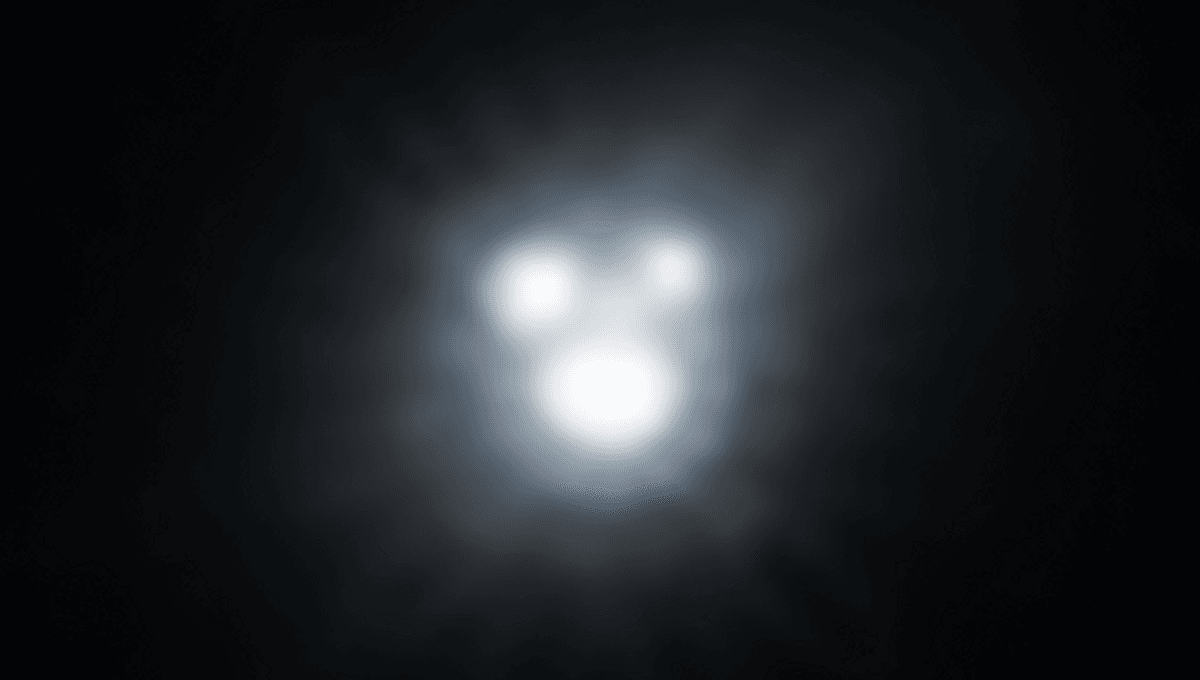
Dark matter is a hypothetical substance that is expected to surround galaxies, outweighing regular matter five-to-one. It’s invisible so the only way to see its effects is through gravity. Its existence was proposed to explain the weird rotation of galaxies and, assuming its existence, can explain a lot of what the universe is like – but its true nature has not been uncovered yet. However, a new paper argues “Einstein rings” indicate tell-tale signs that may give us a hint as to what dark matter is.
If dark matter is indeed real, researchers strongly favor two versions. One is called WIMPs, or Weakly Interacting Massive Particles. These are particles that are tens or even hundreds of times more massive than a hydrogen atom. The other option sees dark matter made by axions. These particles are at the opposite end of the scale, being maybe 100,000 times lighter than a neutrino, a particle so light we don’t even know its mass for certain.
Attempts to find WIMPs and axions are very different but none have been fruitful yet. Researchers thought that by studying some peculiar gravitational effects, they might be able to gain some insights into one hypothetical particle over the other. And that’s where gravitational lensing comes in.
Any object with mass warps space-time. But those which are dense enough, create such a powerful warp that it can act like a lens. These massive objects can be individual stars, black holes, galaxies, or even clusters of galaxies. If another luminous object is located behind such a gravitational lens, its light gets distorted and magnified. If it creates large arcs, this is usually referred to as an Einstein ring.
This approach has been used to see objects further than any telescope would normally allow, like the most distant single-star system known. A research team led by astronomers at the University of Hong Kong wondered if would we see differences in the gravitational lenses if dark matter was made of WIMPS or axions. They suspected we would.
Quantum mechanics tells us that matter has a dual nature being both particles and waves. For something as light as axions, its wave nature becomes a dominant effect when it comes to gravitational lensing, while the opposite is true for WIMPs. The gravitational lens effect created by a dark matter made of axions is much closer to observations compared to the alternative.
In a specific case, in an image of the system HS 0810+2554, the image shows something truly peculiar. A distant quasar is quadruply lensed but it is visible in a triplet of images. Axions models can reproduce the various aspects of this system but WIMPs cannot.
“The ability of [wave dominated dark matter] to resolve lensing anomalies even in demanding cases such as HS 0810+2554, together with its success in reproducing other astrophysical observations, tilt the balance toward new physics invoking axions,” the authors conclude in the paper.
The research is published in Nature Astronomy.
Source Link: Einstein Rings Around Galaxy Suggests One Dark Matter Theory Is Correct